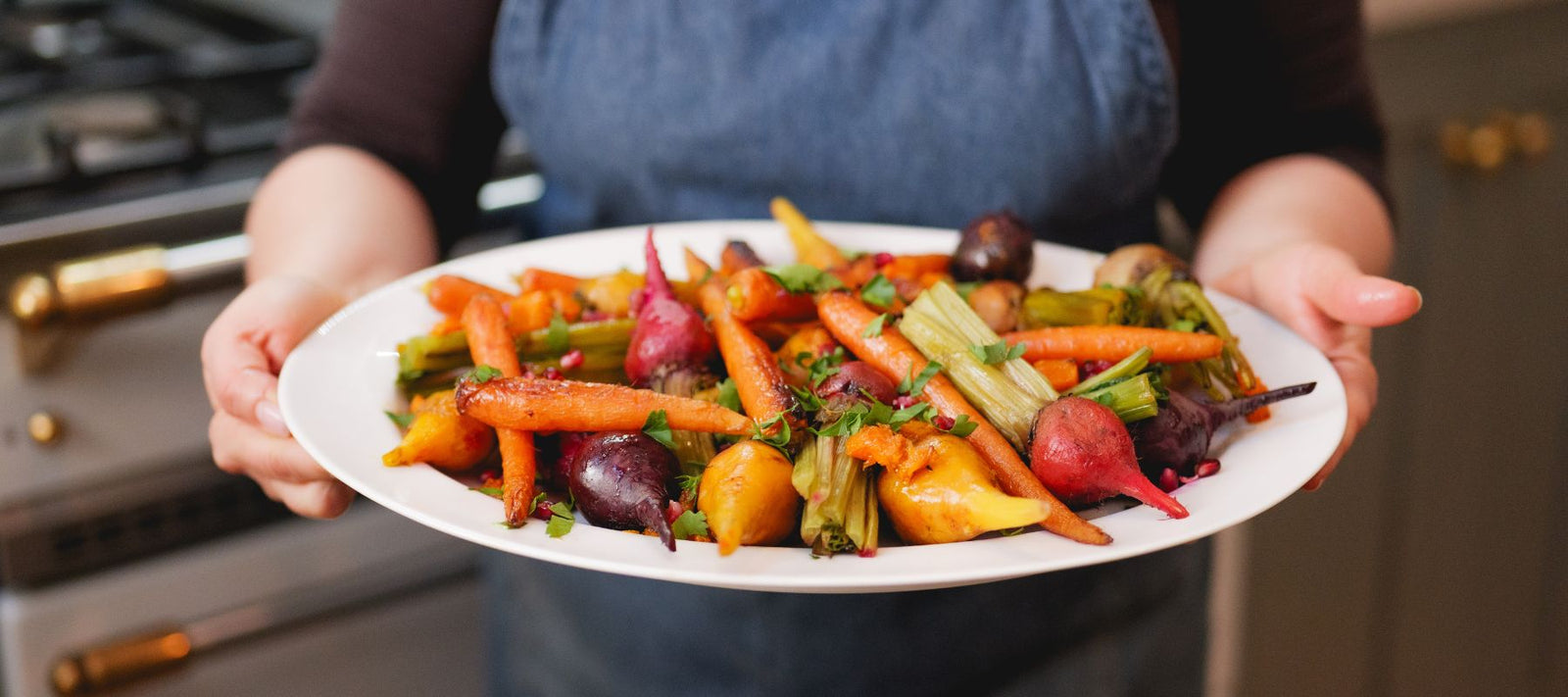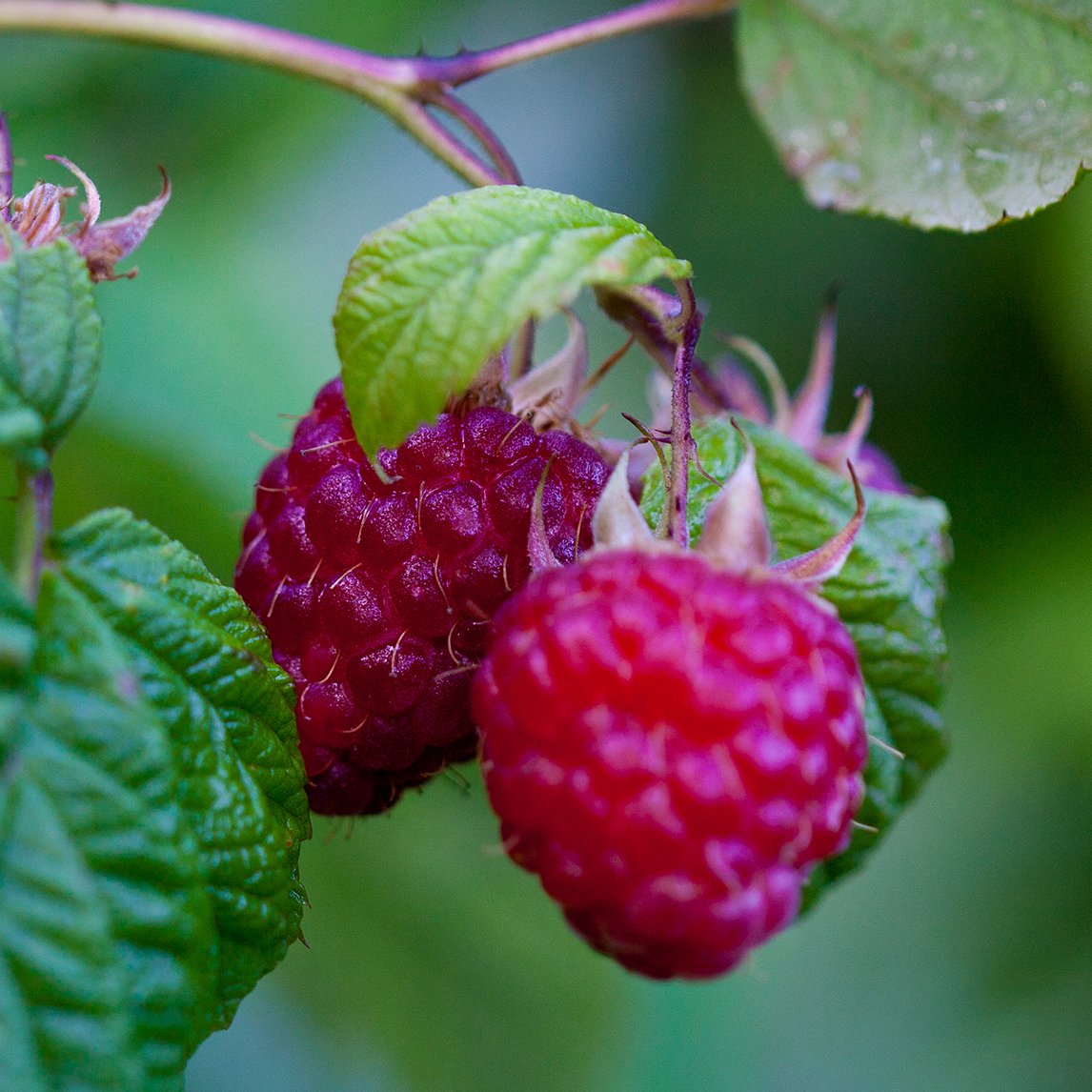
Berries are some of the most rewarding crops for home gardeners. They don’t demand a huge amount of space, they’re quick to bear fruit, and many varieties thrive in pots or small plots. By growing your own, you also unlock a wider range of varieties, from lush raspberries to juicy boysenberries and the deeply sweet punch of a homegrown strawberry. There’s a berry for every garden – and taste bud too.

1. Choose your berry adventure
Not all berries are created equal, and that’s exactly the point. Supermarkets offer a limited lineup, usually chosen for how well fruit travels, not how good it tastes. Growing your own opens a world of choice, from rich heirloom varieties to unusual colours and flavours you’ll never find on the supermarket shelf.
- Strawberries are a classic starting point. For rich, nostalgic flavour, try 'Cambridge Rival'. Soft and fragrant with arguably the best taste of any variety, but too delicate for commercial sale. 'Chandler' is another favourite, firm but still sweet, and great for early harvests.
- Raspberries come in more shades than red. 'Neika' is a red variety that fruits early and thrives with little fuss, while 'Willamette' is dark, juicy and packed with flavour. Want something different? Try golden or even purple raspberries, which are sweet and perfect for jam-making, but too fragile for punnets.
- Blackberries, boysenberries and loganberries are excellent for bigger spaces, but some thornless varieties like 'Waldo' or 'Chester' work well in smaller gardens or trellised pots.
- Blueberries are beautiful and productive, especially varieties like 'Sunshine Blue' (compact and long-fruiting) or 'Reveille' (exceptionally sweet).
2. Plan and enjoy a long harvest
One of the biggest advantages of growing your own berries is the ability to pick fresh fruit over multiple months, not just in a single summer burst. With a little planning, you can create a rolling harvest from late spring through to autumn.
The key is variety. Some berries are early starters, others peak mid-season, and a few fruit well into the cooler months. For example,'Neika' raspberries ripen early, while 'Chilcotin' and 'Willamette' come in later. Strawberries like 'Chandler' can kick off in November, while blueberries often hold out until mid-summer or longer.
If you're tight on space, lean into dual-cropping varieties like 'Heritage' raspberries, which fruit on both old and new canes, giving you two hits in one season.


3. Start with the right soil
Berries need well-drained, slightly acidic soil to thrive. Aim for a pH of 6-6.8 (lower for blueberries). Good structure is key: loose, friable soil lets roots breathe and water drain freely, which is especially important for raspberries prone to root rot.
Add plenty of compost before planting and keep the moisture up during dry weeks. Even in high rainfall areas, extra irrigation is often needed in spring and summer.
4. Think sun and shelter
Most berries love the sun, but not all need full sun all day. A spot with morning light and some afternoon shade works well, especially for soft-skinned fruits that can sunburn.
Ideal positioning:
- North or north-east aspect for morning sun.
- Shelter from strong winds, which can damage canes and dry out soil.
- Partial shade is fine for many berries, especially in hotter climates.
And if you're growing in pots, move them around seasonally to find the sweet spot.


5. Support your growing berries
You'll need to support some berries, like raspberries and blackberries, as they need structure. A simple trellis or wire system helps keep the canes (their branches) tidy, the fruit accessible, and the airflow healthy.
You can tie canes between parallel wires or use stakes and string in smaller gardens. Some growers even plait shorter canes with longer ones, which naturally helps them support each other and makes it easier to prune and harvest later.
6. Grow better raspberries with good drainage
Raspberries are notorious for spreading fast and suffering from root rot in soggy soil. To stay ahead of problems, plant in well-drained areas, and avoid putting them in your vegie patch where they'll quickly take over.
If your soil is heavy or you're unsure about drainage, consider growing raspberries in large containers. Stick to resilient varieties like 'Heritage' or 'Willamette', which can bounce back from setbacks and are less prone to disease.
A bit of planning now will save a lot of digging later.
7. Prune like a pro
Pruning isn't one-size-fits-all, and it depends on the berry type. Some raspberries fruit on last year's canes, while others crop on new growth. Knowing which is which saves time and keeps your patch productive.
- Summer-fruiting raspberries (like 'Meeker' or 'Neika') grow fruit on second-year canes. Cut out old canes after harvest and leave the new green ones for next year.
- Autumn-fruiting types (like 'Heritage') fruit on current season growth. These can be cut right back to the ground in winter.
- Dual-cropping varieties (like 'Willamette') fruit twice, once on old wood, then again on the tips of new canes. After the second crop, just trim off the fruited tips.
Regular pruning also improves airflow and fruit size. Don't overthink it, just know your variety and cut accordingly.
8. Grow enough to share or store
Fresh berries disappear fast, especially when they taste this good. But if you plan for a bigger crop, you'll have enough to freeze, make jam, preserve into sauces, bake into pies and gallettes, or simply enjoy without holding back.
It doesn't take much. Just a few extra canes or plants can give you a steady surplus during peak season. If you have surplus, freeze your berries in a single layer on trays before storing them in containers, that way they don't stick together and are ready for smoothies, baking or snacking all year round.
When in doubt, plant more. You'll never regret having too many berries. Start your berry-licious adventure with us.
With the right varieties, smart positioning and a bit of seasonal care, you can enjoy a harvest that runs for months. Whether you're chasing a handful for breakfast or enough to fill the freezer, growing berries is the sweetest kind of success. Take a look at our berry collection here.
Bake this delicious Strawberry Galette straight from our head chef's Kitchen. Get recipe.












